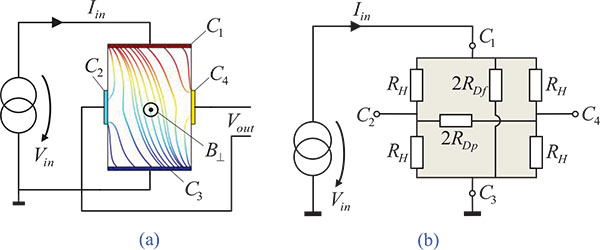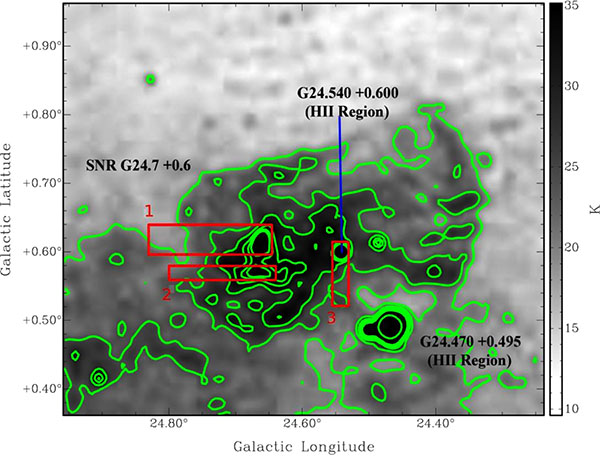RESEARCH ARTICLE
Mechanical Resonance Dispersion Revisited
Haskell V. Hart*
Article Information
Identifiers and Pagination:
Year: 2014Volume: 1
First Page: 1
Last Page: 14
Publisher Id: PHY-1-1
DOI: 10.2174/1874843001401010001
Article History:
Received Date: 2/7/2014Revision Received Date: 23/8/2014
Acceptance Date: 25/8/2014
Electronic publication date: 31/12/2014
Collection year: 2014
open-access license: This is an open access article licensed under the terms of the Creative Commons Attribution Non-Commercial License (http://creativecommons.org/licenses/by-nc/3.0/) which permits unrestricted, non-commercial use, distribution and reproduction in any medium, provided the work is properly cited.
Abstract
Mechanical resonance dispersion is the inelastic response of a solid to a periodic shear stress. Instead of the elastic Young's Modulus, the phenomenon is described by both a real J', and an imaginary J'' component of complex shear compliance, corresponding to in phase and out of phase strain responses, respectively. The experimental results are plots of J' and J'' vs. frequency, which are typically in the audiofrequency range of 10 - 5600 Hz. Resonances are observed as maxima in J'' and inversions in J' at frequencies corresponding to modes of plastic deformation, which are much lower frequencies (audiofrequency range) than elastic normal modes. The theoretical explanation of Edwin R. Fitzgerald involves particle waves and momentum transfer and leads to a particle-in-a-box frequency formula for these inelastic modes. Unfortunately, most of his and other published raw data were never analyzed by this model. The purpose of this article is to apply this formula to previously uninterpreted resonance dispersion curves and to address some of the earlier criticism of Fitzgerald's work. Results of these calculations support the Fitzgerald Theory to a high degree, demonstrate the importance of impurities and chemical analysis, largely mollify previous criticisms, and suggest the possibility of a new particle wave mass spectroscopy at great distances.












